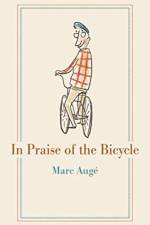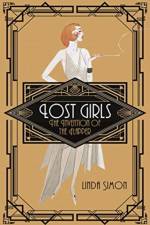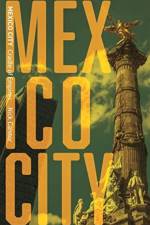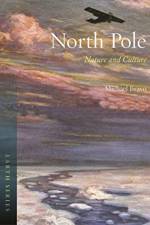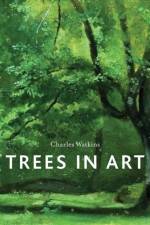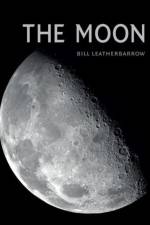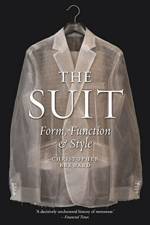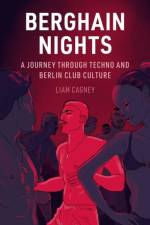- A Global History
av Clarissa Hyman
167
In the history of food, the tomato is a relative newcomer outside its ancestral home in Mesoamerica. And yet, as we devour pizza by the slice, dip French fries in ketchup, delight in a beautiful Bolognese sauce, or savor tomato curries, it would now be impossible to imagine the food cultures of many nations without the tomato. The journey taken by the tomato from its ancestral home in the southern Americas to Europe and back is a riveting story full of culinary discovery, innovation, drama, and dispute. Today, the tomato is at the forefront of scientific advances in cultivation and the study of taste, as well as a popular subject of heritage conservation (heirloom tomato salad, anyone?). But the tomato has also faced challenges every step of the way into our gardens and kitchens--including that eternal question: is it a fruit or a vegetable? In this book, Clarissa Hyman charts the eventful history of this ubiquitous everyday edible that is so often taken for granted. Hyman discusses tomato soup and ketchup, heritage tomatoes, tomato varieties, breeding and genetics, nutrition, tomatoes in Italy, tomatoes in art, and tomatoes for the future. Featuring delicious modern and historical recipes, such as the infamous "man-winning tomato salad" once featured in Good Housekeeping, this is a juicy and informative history of one of our most beloved foods.



